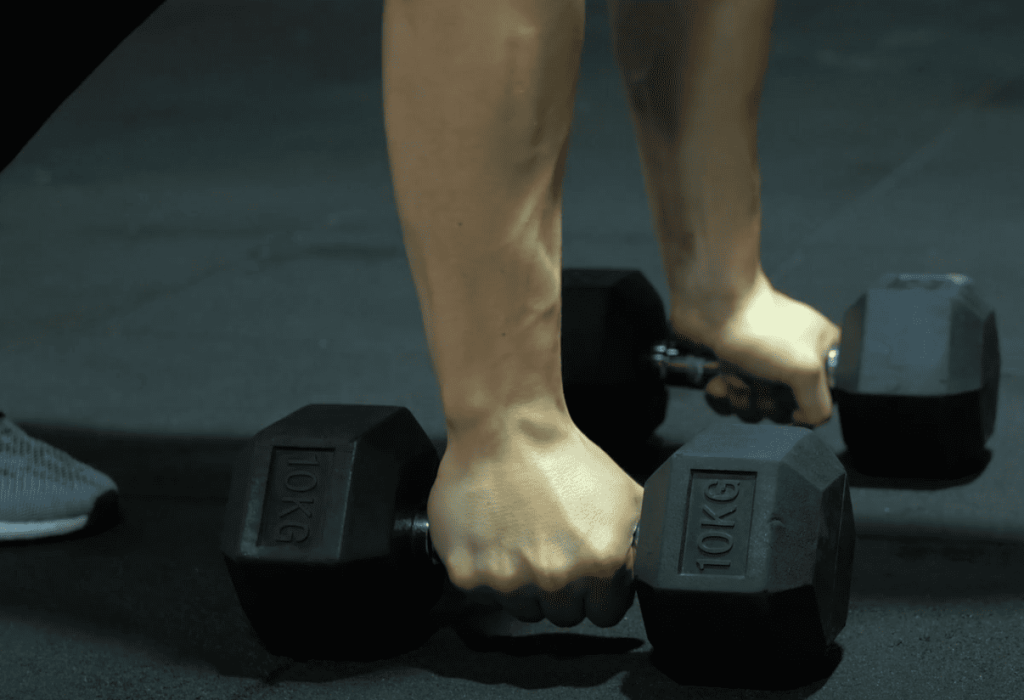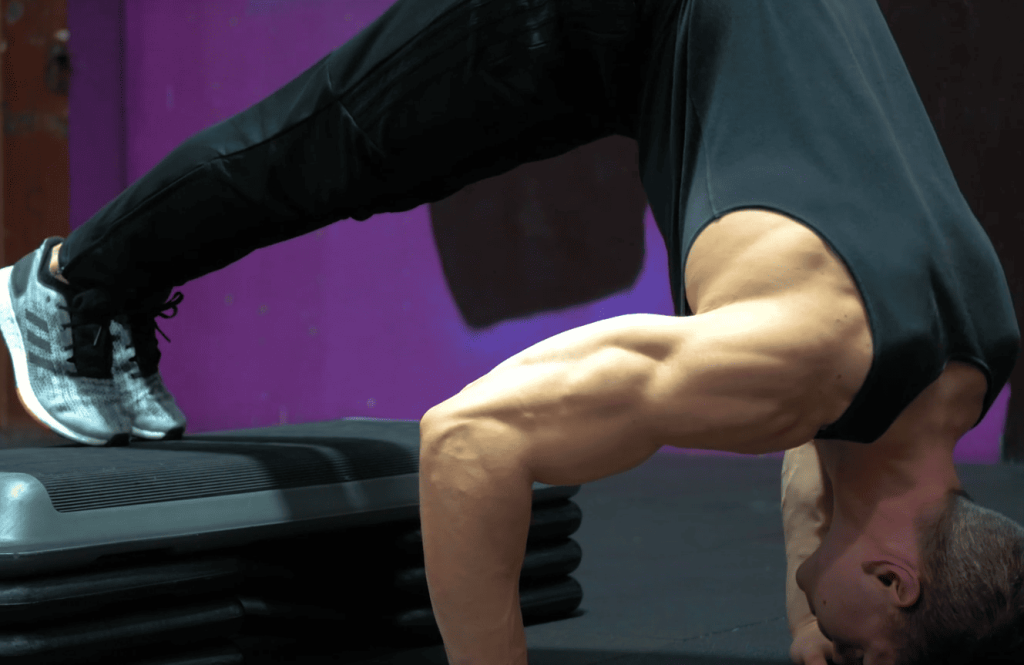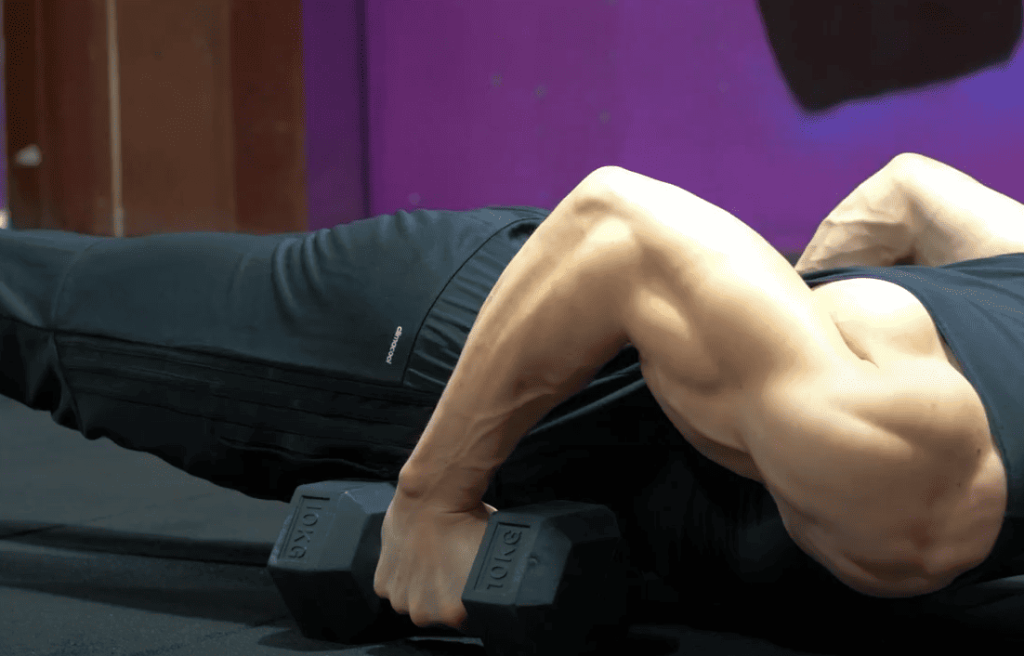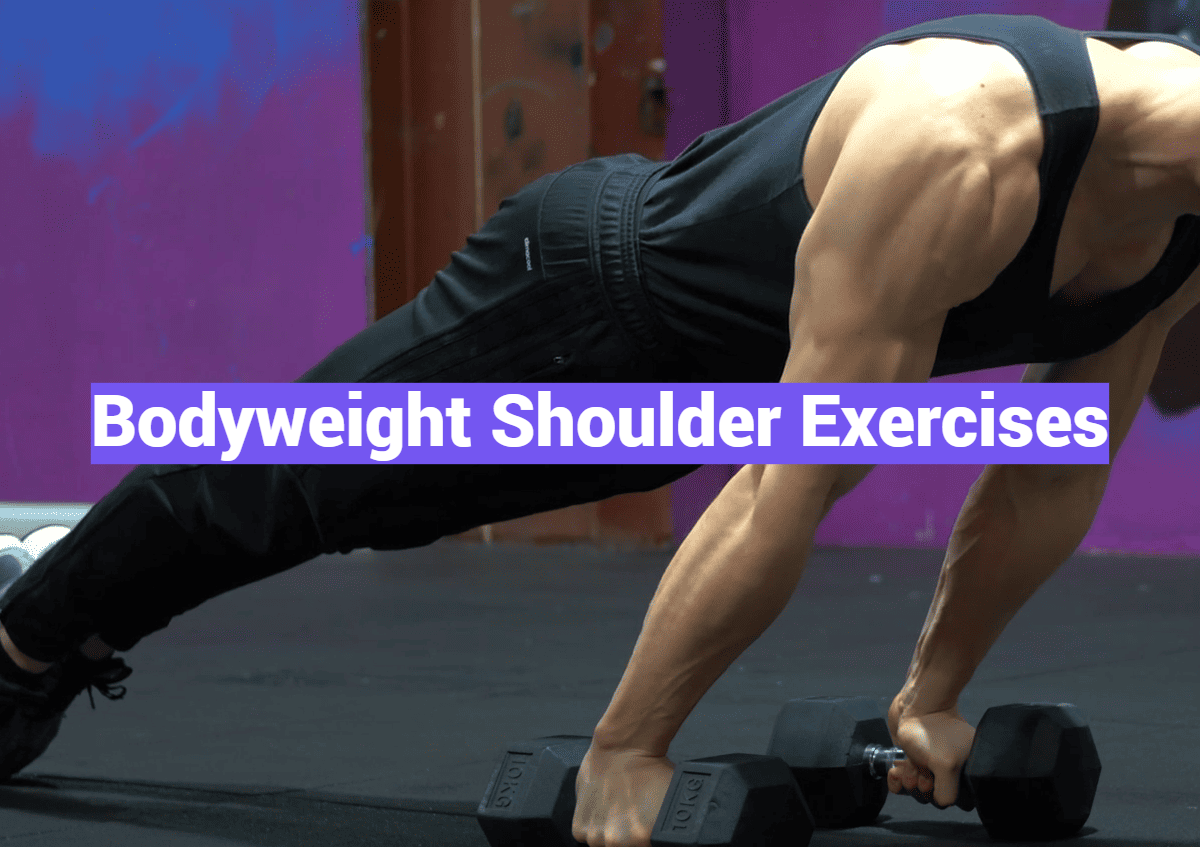Your shoulders power 85% of upper-body movements – from lifting groceries to reaching overhead – yet most fitness routines neglect their full potential. This versatile joint’s unique structure allows movement in more directions than any other, making it crucial for both athletic performance and everyday tasks.
The secret to resilient shoulders lies in the deltoid muscle, which wraps around the joint like a protective armor. Unlike traditional gym workouts that rely on equipment, targeted movements using your own resistance can activate all three deltoid sections simultaneously. This approach builds functional strength that translates directly to real-world activities.
Training without weights offers unexpected advantages. It challenges stability muscles often overlooked in machine-based routines, improving coordination and joint awareness. You’ll engage not just the visible “cap” of the deltoid but also deeper stabilizing muscles that prevent injuries.
This guide reveals how simple movements can transform your upper-body conditioning. Whether you’re at home, traveling, or taking a park workout break, these techniques adapt to any environment while promoting balanced muscle development.
Key Takeaways
- Targets all three deltoid regions for complete development
- Requires no equipment – train anywhere, anytime
- Enhances real-world movement patterns and stability
- Strengthens often-neglected supporting muscles
- Reduces injury risk through improved joint control
Introduction: The Power of Bodyweight Shoulder Exercises
The human shoulder’s remarkable mobility makes it both powerful and vulnerable. This joint system combines strength with precision, controlling everything from throwing a ball to scratching your back. To train it effectively, you need strategies that match its natural movement patterns.

Understanding Shoulder Anatomy and Function
Your deltoid acts like a 360-degree support system, wrapping around the joint’s front, side, and rear. It teams up with back muscles (lats, traps) and arm stabilizers (triceps) to create fluid motion. “The shoulder isn’t just one muscle – it’s an orchestra of tissues working in rhythm,” explains physical therapist Dr. Lisa Moreno.
This complex setup explains why isolated machine workouts often fall short. Free movement challenges coordination between muscle groups, mimicking real-life actions like lifting boxes or reaching high shelves.
Why Choose Bodyweight Over Equipment?
Training with your own resistance teaches muscles to communicate better. Unlike fixed gym machines, natural movements:
- Boost spatial awareness through full-range motion
- Strengthen connective tissues gradually
- Adapt to any fitness level instantly
You’ll develop strength that transfers directly to daily tasks – no spotter or membership required. The feedback from each rep helps refine technique, reducing injury risks while building resilient arms and upper-body control.
Benefits of Strong Shoulders and Upper Body Functionality
Strong deltoids do more than sculpt your silhouette—they’re your body’s natural posture correctors. By supporting your spine and chest, they transform how you move, lift, and even breathe. Let’s explore how developing this area creates a ripple effect of benefits.
The Posture Revolution Starts Here
Tight desk shoulders? Weak deltoids often cause that slouched position. Strengthening them pulls your upper body into alignment, like resetting a misaligned tower. This shift reduces strain on neck and back muscles—key for anyone typing hours away.
Runners gain hidden advantages too. Upright posture from robust delts optimizes arm swing rhythm. “It’s not just legs propelling you forward—shoulders set the pace,” notes marathon coach Derek Mills. Better form means less fatigue and faster times.
Strength That Works While You Live
Ever struggle with overhead luggage or wobbly grocery bags? Stable shoulders turn these tasks into smooth motions. They act as shock absorbers during walks and balance challenges, preventing spills or slips.
Recreational activities get upgrades too. Kayakers paddle longer, swimmers slice cleaner, and gardeners avoid next-day aches. Strong delts distribute effort across your chest and back, making movements efficient rather than exhausting.
Beginner Bodyweight Shoulder Exercises
Mastering control comes before chasing intensity. These foundational moves teach your muscles to work together while building essential movement patterns. Let’s explore two entry points that establish proper form and gradual progression.

Prone I to Y Technique
Lie face-down with legs straight and arms extended overhead. Press shoelaces into the floor to engage your lower body. Lift your chest while keeping eyes on the ground – imagine pulling your shoulder blades toward your back pockets.
Hold this “I” shape for 2 seconds before spreading your arms to a 45-degree angle (forming a “Y”). This shift activates different muscle fibers while maintaining core stability. Return to the starting position with control, squeezing your upper back throughout.
| Position | Arm Angle | Muscle Focus | Hold Time |
|---|---|---|---|
| I Shape | Straight overhead | Upper back & rear delts | 1-2 seconds |
| Y Shape | 45-degree spread | Mid-back & rotator cuff | 1-2 seconds |
Incline Pushups for Form and Strength
Place hands on a sturdy surface – kitchen counter or park bench work perfectly. Keep elbows at 45 degrees as you lower until your chest nearly touches the surface. Push through your palms while maintaining a straight line from head to heels.
This variation reduces load while teaching proper alignment. Focus on keeping your hips level – imagine balancing a glass of water on your lower back. “The incline angle lets beginners build strength without compromising form,” notes fitness coach Amanda Reyes.
Start with 2 sets of each movement, resting 60 seconds between sets. Record your reps to track progress – small improvements week-over-week lead to lasting results.
Intermediate Bodyweight Shoulder Exercises
Progressing from foundational moves challenges your upper body in new dimensions. These dynamic patterns build strength through multiple planes while sharpening coordination – perfect for those ready to level up their routine.
Plank to Downward Dog Transition
Begin in a high plank position with palms flat and fingers spread wide. Push your hips upward while keeping legs straight, forming an inverted V-shape. “This flow activates 72% more muscle fibers than static holds,” reports a recent sports science study.
Hold the top position for 2 breaths before lowering with control. Aim for 8-10 smooth transitions. Keep your gaze between your feet to maintain spinal alignment throughout the movement.
Elbow to High Plank Variation
Start in a forearm plank with elbows under your shoulders. Lift one arm to palm position, then the other, pushing into full extension. Pause for 1 second at the top – imagine balancing a book on your back.
Alternate your leading arm each set to prevent imbalances. This drill strengthens rotator cuff muscles while improving push-up mechanics. Beginners can modify by stepping knees down during transitions.
- Focus on hip stability during position changes
- Engage core muscles before initiating movement
- Progress gradually by reducing rest intervals
Advanced Techniques for Building Shoulder Strength
Elevate your training with movements that demand precision and power. These advanced patterns combine strength development with real-world functionality, pushing your upper body to new limits.

Pike Pushups: Master the Inverted Press
Start in a downward dog position, eyes focused between your hands. Bend elbows outward as you lower your head toward the floor, then push back up. This movement targets anterior deltoids while challenging stability through your core and arms.
Complete 6-10 controlled reps. The inverted angle places 65% of your weight on deltoids – perfect for building pressing power without equipment.
Dynamic Side Plank Progressions
Lie on your side with forearm planted firmly. Lift hips to form a straight line from ankles to head, then raise your top leg. “This lateral challenge strengthens often-neglected stabilizers,” notes trainer Marco Silva.
Perform 8-10 lifts per side. The added leg movement boosts core engagement while testing shoulder endurance – crucial for carrying heavy loads or climbing activities.
Balanced Triceps Dips
Grip parallel bars with shoulders pulled back. Lower until elbows reach 90 degrees, then drive up through your palms. Keep elbows tucked to protect joints while building arm and shoulder balance.
Aim for 6-10 smooth reps. This classic exercise develops pushing strength that translates directly to lifting objects overhead or pushing yourself up from seated positions.

